How Do I Go to Dolpo from Pokhara? A Complete Guide
Imagine entering a realm that has not been touched by time, where venerable customs persist and breathtaking scenery awaits you. That is what Dolpo provides, an experience so distinct and secluded that traveling there seems like traveling to a different planet.
However, how does one go from Pokhara to Dolpo? Together, we will cover all the necessary stages to turn this adventure into a reality.
Dolpo: Nepal’s Hidden Gem
Before we dive into the logistics of your journey, it’s important to know what makes Dolpo so special. Located in the Dolpa District of northwestern Nepal, Dolpo is a region of extraordinary beauty and cultural significance. It’s divided into Lower Dolpo and Upper Dolpo, with Upper Dolpo being one of the most remote areas in Nepal.
The Dolpo region is part of the Shey Phoksundo National Park, home to diverse wildlife, stunning landscapes, and ancient Tibetan Buddhist culture.
Starting Your Journey in Pokhara

Pokhara, known for its lakeside charm and stunning views of the Annapurna range, is a popular starting point for many treks in Nepal. Although Pokhara isn’t the typical gateway to Dolpo, it’s possible to begin your journey from here with a bit of planning.
Step 1: Fly from Pokhara to Nepalgunj
Your first step is to get from Pokhara to Nepalgunj, a key transit point for flights to Dolpo. Nepalgunj is a bustling city in southwestern Nepal, close to the Indian border. While there are no direct flights from Pokhara to Nepalgunj, you can catch a connecting flight via Kathmandu.
Alternatives:
Fly from Pokhara to Kathmandu, then Kathmandu to Nepalgunj: This is the most straightforward option. The flight from Pokhara to Kathmandu takes about 25 minutes, and from _>Kathmandu to Nepalgunj, it’s about an hour. The layover in Kathmandu can be used to explore the city or relax before continuing your journey.
Travel by Road from Pokhara to Nepalgunj: If you prefer an overland adventure, you can take a bus or hire a private vehicle to drive from Pokhara to Nepalgunj. The road trip can take around 10-12 hours, offering a scenic journey through the Terai plains of Nepal. It’s a long drive, so be prepared for a full day of travel.
Step 2: Fly from Nepalgunj to Juphal
After reaching Nepalgunj, the next leg of your journey involves a flight to Juphal, a small airstrip located in the Dolpa District. This flight is essential, as Juphal is the main entry point to Dolpo for most trekkers. The flight takes about 35 minutes and provides incredible views of the rugged landscape.
Flights from Nepalgunj to Juphal are often affected by weather conditions, so it’s wise to plan for potential delays. It’s also recommended to book your flight in advance, especially during the peak trekking seasons (spring and autumn).
Step 3: Trekking from Juphal to Dolpo
Once you land in Juphal, your journey to Dolpo truly begins. Trekking is the only way to reach Dolpo from Juphal, and the trek is nothing short of spectacular. The most common route takes you through beautiful villages, across high mountain passes, and into the heart of the Dolpo region.
Route Overview:
Day 1: Juphal to Dunai (the administrative center of Dolpa District)
Day 2-3: Dunai to Tarakot, a charming village known for its ancient fortress
Day 4-5: Tarakot to Dho Tarap, one of the highest human settlements in the world
Day 6-7: Dho Tarap to Numa La Base Camp, a challenging but rewarding trek
Day 8-9: Cross the Numa La Pass to Phoksundo Lake, the jewel of Dolpo
Day 10: Explore Phoksundo Lake, known for its turquoise waters and surrounding peaks
This is just one possible itinerary. Depending on your interests and time, you can adjust your route to spend more time in certain areas or explore other parts of Dolpo.
The Dolpo Trek: What to Expect
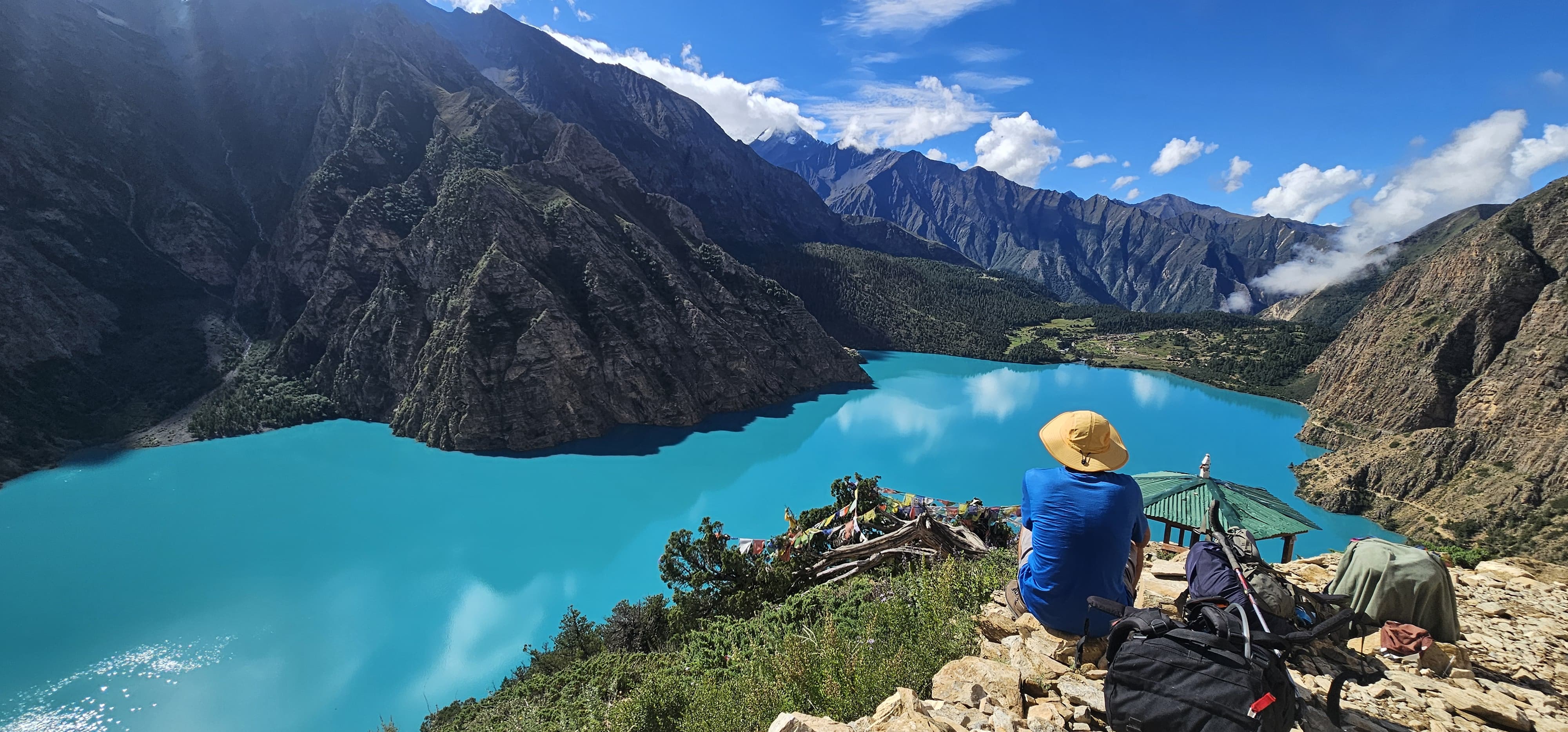
Trekking in Dolpo is an unforgettable experience, but it’s also one of the most challenging treks in Nepal. Here’s what you need to know to prepare for the adventure of a lifetime.
The Landscape
Dolpo’s landscape is unlike anything you’ll see elsewhere in Nepal. The trek takes you through deep valleys, across high-altitude passes, and into arid, windswept plains that resemble the Tibetan Plateau. The crown jewel of the trek is Phoksundo Lake, a pristine body of water surrounded by snowy peaks. The lake’s striking blue colour and the sheer cliffs that rise from its shores make it one of the most photographed sites in Nepal.
The Culture
Dolpo is home to a rich and ancient culture, heavily influenced by Tibetan Buddhism. The region’s isolation has helped preserve its traditions, making it a living museum of Tibetan culture. As you trek through Dolpo, you’ll encounter monasteries that are centuries old, prayer flags fluttering in the wind, and locals who still wear traditional Tibetan dress.
The people of Dolpo practice a blend of Buddhism and Bon, the ancient pre-Buddhist religion of Tibet.
The Wildlife
Dolpo is part of the Shey Phoksundo National Park, which means you’ll have the chance to see some incredible wildlife. The park is home to blue sheep, Himalayan tahr, and even the elusive snow leopard. Birdwatchers will also be delighted with species like the Himalayan griffon and the Tibetan snowcock.
Remember, this is a remote and wild area, so wildlife sightings are never guaranteed, but the possibility adds to the excitement of the trek.
Planning Your Dolpo Itinerary
When planning your Dolpo trek, it’s important to consider factors like altitude, weather, and your physical fitness. Here’s a sample itinerary that can help you plan your adventure:
Day 1: Arrive in Pokhara
Day 2: Fly from Pokhara to Kathmandu, then to Nepalgunj
Day 3: Fly from Nepalgunj to Juphal, trek to Dunai
Day 4-5: Trek from Dunai to Tarakot
Day 6-7: Trek from Tarakot to Dho Tarap
Day 8-9: Trek from Dho Tarap to Numa La Base Camp
Day 10-11: Cross Numa La Pass, trek to Phoksundo Lake
Day 12-13: Explore Phoksundo Lake and the surrounding area
Day 14-16: Trek back to Juphal
Day 17: Fly from Juphal to Nepalgunj, then to Kathmandu
Day 18: Return to Pokhara or continue your travels in Nepal
This itinerary gives you time to acclimate to the altitude and explore Dolpo's cultural and natural highlights. However, you should tailor it to your own preferences and the time you have available.
How Much Does It Cost to Get to Dolpo from Pokhara?
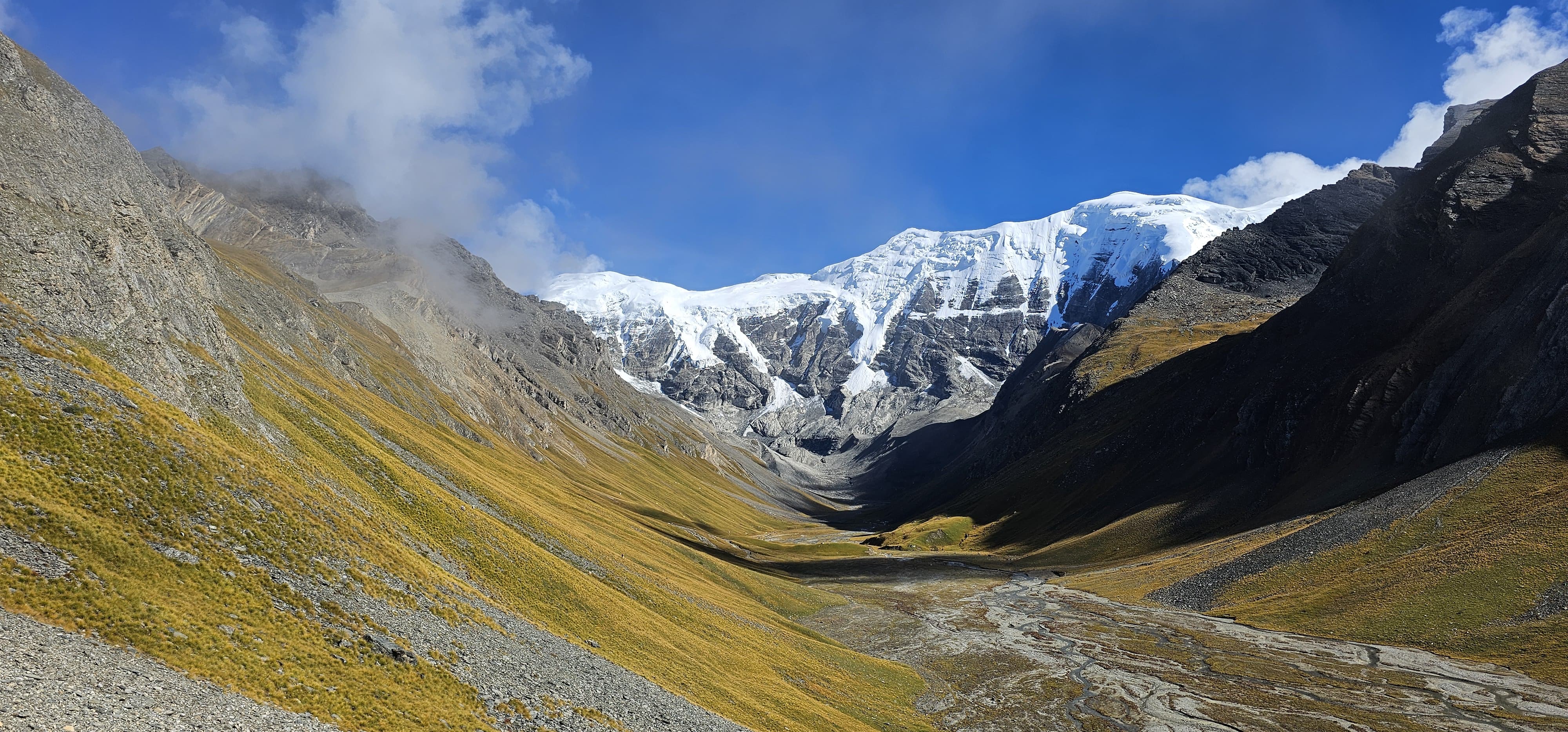
Traveling to Dolpo from Pokhara is an adventure, and it’s important to budget accordingly. Here’s a rough breakdown of the costs you can expect:
Flights:
Pokhara to Kathmandu: $80-$120 (one way)
Kathmandu to Nepalgunj: $150-$200 (one way)
Nepalgunj to Juphal: $150-$200 (one way)
Permits:
Shey Phoksundo National Park Permit: $30
Restricted Area Permit (for Upper Dolpo): $500 for the first 10 days, $50 per day thereafter
Trek Costs:
Guided Trek: $3,000-$5,000 (includes guide, porter, accommodations, meals, and permits)
Independent Trek: $1,500-$2,500 (excluding guide and porter)
Miscellaneous:
Accommodation in Pokhara/Kathmandu/Nepalgunj: $20-$100 per night
Food and Drink: $5-$20 per day
These are estimated costs, and your actual expenses may vary depending on your choices and circumstances.
Tips for a Successful Dolpo Trek
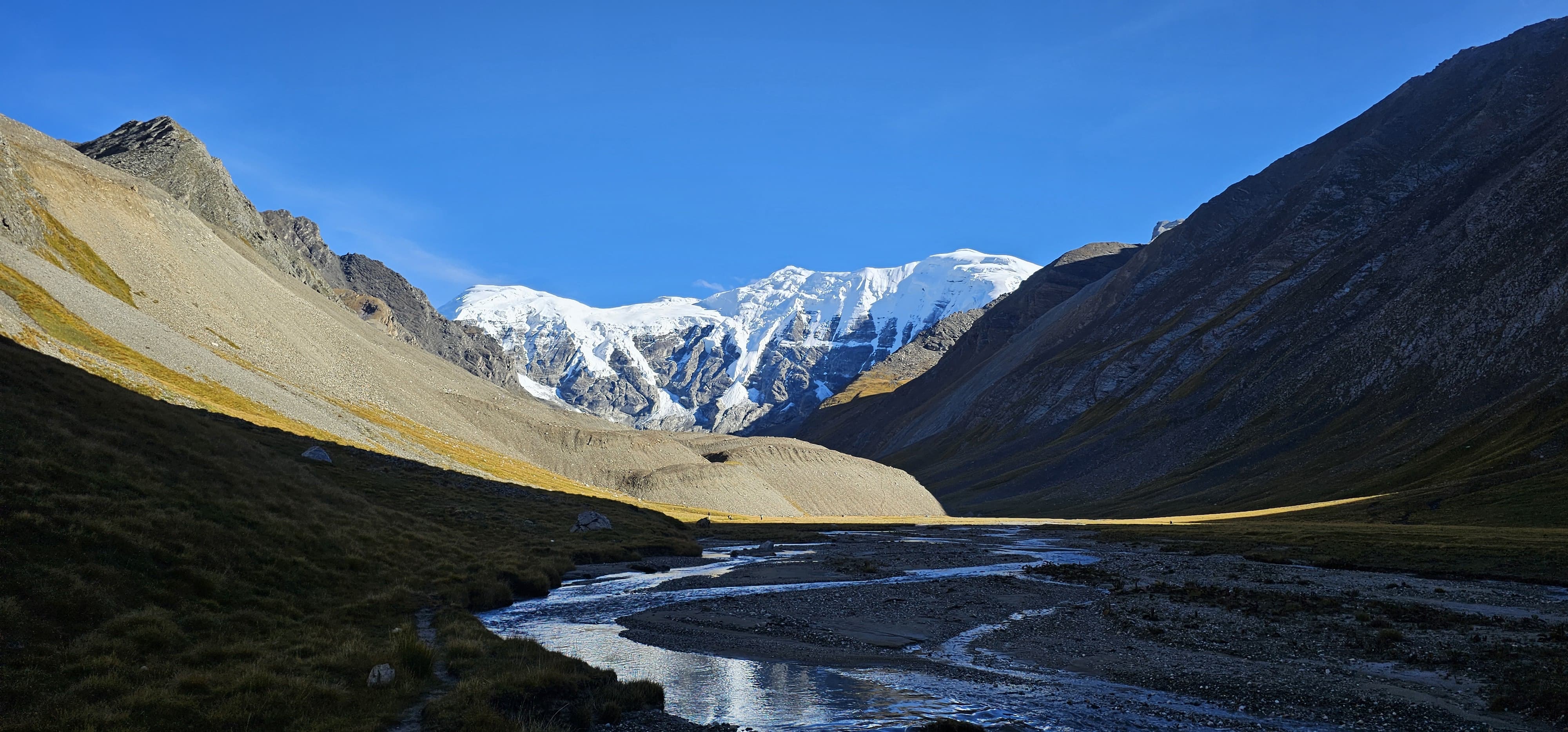
Acclimatize Slowly: Altitude sickness is a serious concern in Dolpo, especially as you approach the higher passes. Make sure to give your body time to adjust to the altitude, and don’t push yourself too hard.
Hire a Local Guide: Even if you’re an experienced trekker, hiring a local guide is highly recommended. They can help you navigate the challenging terrain, communicate with locals, and gain a deeper understanding of the culture.
Pack Appropriately: Dolpo is a remote region, and you need to be well-prepared. Pack warm clothing, a good sleeping bag, trekking poles, and plenty of snacks. Don’t forget essentials like a first-aid kit, water purification tablets, and a reliable map or GPS device.
Respect Local Customs: Dolpo is a culturally sensitive area, so it’s important to be respectful of local customs. Dress modestly, ask for permission before taking photos, and always be mindful of the local traditions and beliefs.
Prepare for the Unexpected: Weather in Dolpo can be unpredictable, and flight delays are common. It’s important to build some flexibility into your schedule to account for any unexpected changes.
Recommended Read : Equipment for Trekking in Nepal
Final Say
Getting to Dolpo from Pokhara is no easy feat, but it’s an adventure you’ll never forget. From the moment you step off the plane in Juphal, you’ll be immersed in a world of stunning landscapes, ancient cultures, and unforgettable experiences. Whether you’re trekking through the rugged terrain, exploring the turquoise waters of Shey Phoksundo Lake, or connecting with the warm and welcoming people of Dolpo, this journey will leave a lasting impact on your heart and soul.
So, are you ready to embark on this once-in-a-lifetime journey? Pack your bags, book your flights and get ready to explore the hidden gem of Nepal with Dolpo Caravan.
FAQs
How long does it take to get to Dolpo from Pokhara?
The journey from Pokhara to Dolpo typically involves a flight from Pokhara to Nepalgunj, then another flight to Juphal, and finally, several days of trekking. The entire trip can take anywhere from 5 to 7 days, depending on weather conditions and trekking pace.
How do I travel from Pokhara to Dolpo?
To travel from Pokhara to Dolpo, you first need to fly from Pokhara to Kathmandu and then from Kathmandu to Nepalgunj. From Nepalgunj, take a flight to Juphal, the starting point for treks into the Dolpo region. The rest of the journey involves trekking through the Dolpo region.
What is the best time to visit Dolpo?
The best time to visit Dolpo is during the spring (April to June) and autumn (September to November) when the weather is clear, and the trekking conditions are ideal. These seasons offer the best visibility of the stunning landscapes and are less prone to heavy rains or snow.
Do I need a permit to trek in Dolpo?
Yes, you need permits to trek in Dolpo. A Shey Phoksundo National Park permit is required, along with a restricted area permit for Upper Dolpo, which costs $500 for the first 10 days and $50 per additional day.
How difficult is the Dolpo trek?
The Dolpo trek is considered challenging due to its high altitude, remote location, and rugged terrain. Trekkers need to be physically fit and well-prepared for long days of trekking and potential altitude sickness.
What should I pack for the Dolpo trek?
Essential items for the Dolpo trek include warm clothing, a good sleeping bag, trekking poles, a first-aid kit, water purification tablets, snacks, a reliable map or GPS, and a lightweight, durable backpack. Don’t forget to pack layers for the varying temperatures you’ll encounter.
Are there accommodation options available along the Dolpo trek?
Accommodation in Dolpo is basic, with most options being teahouses or homestays. In more remote areas, you may need to camp. It’s important to be prepared for basic facilities and bring a sleeping bag suitable for cold weather.

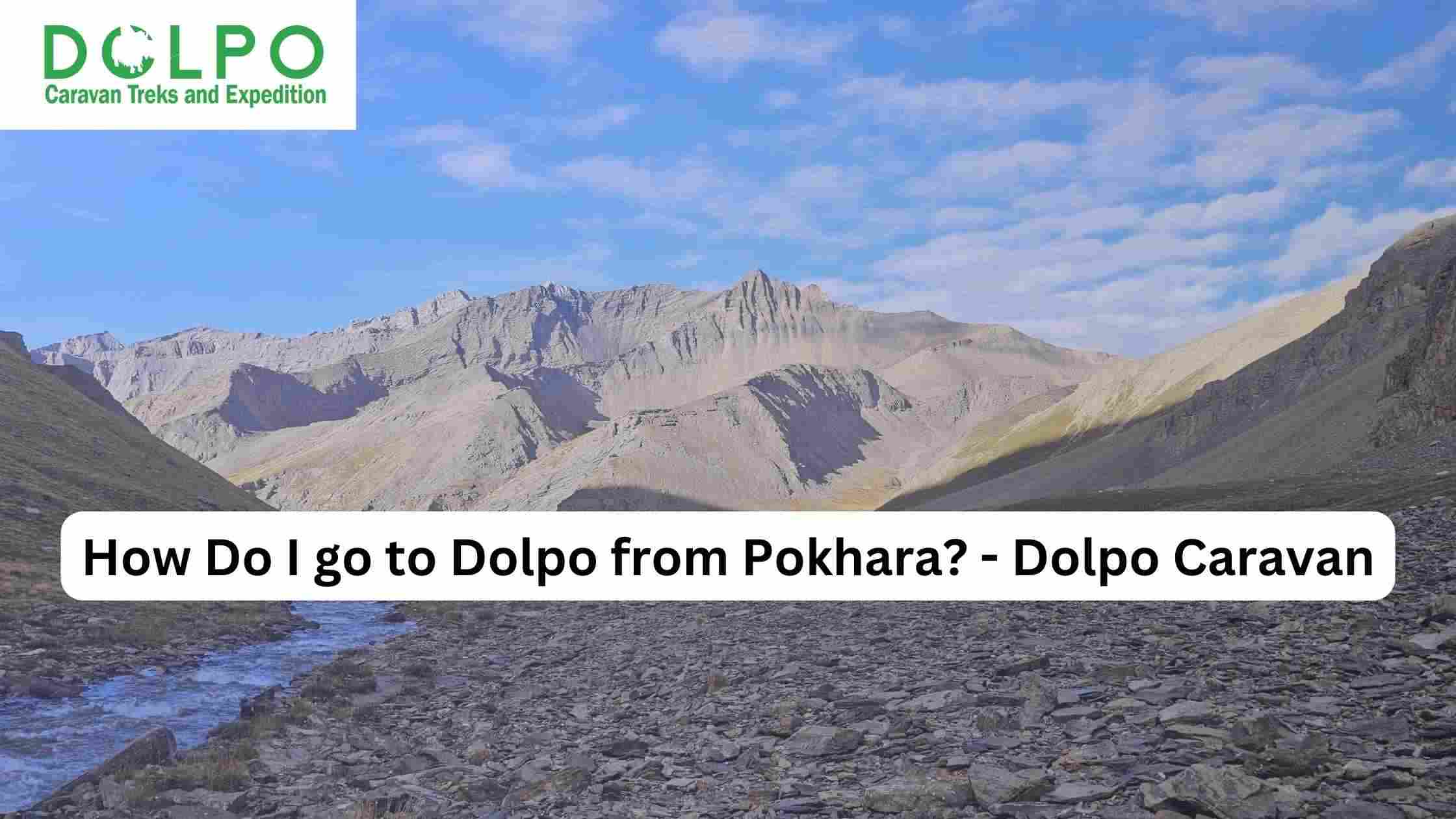
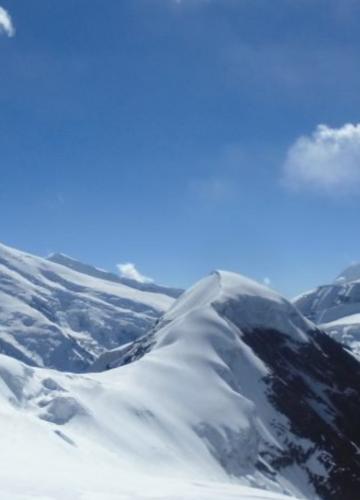
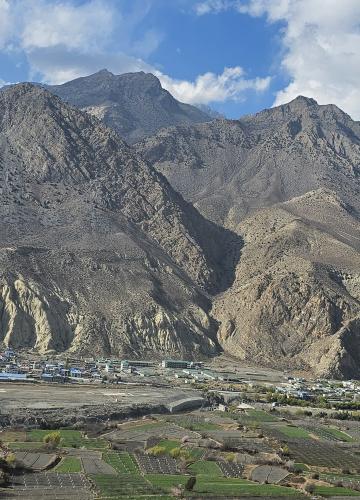
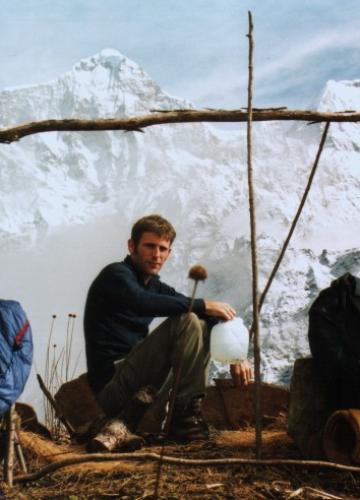
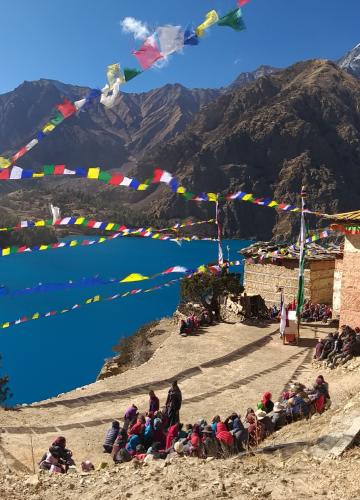
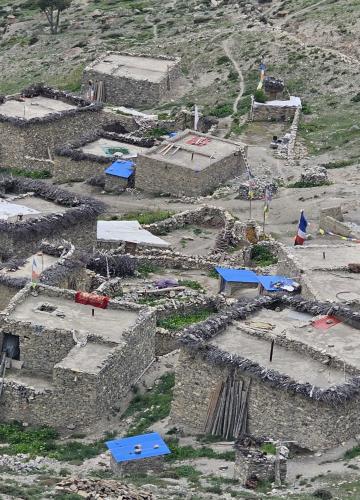
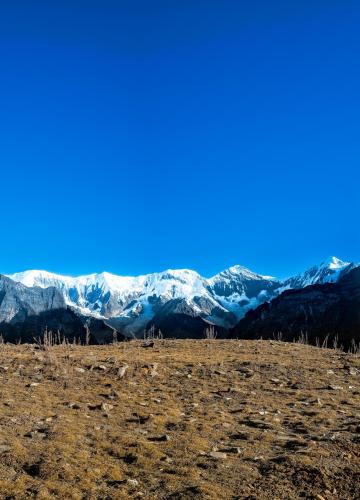

Leave Your Comment